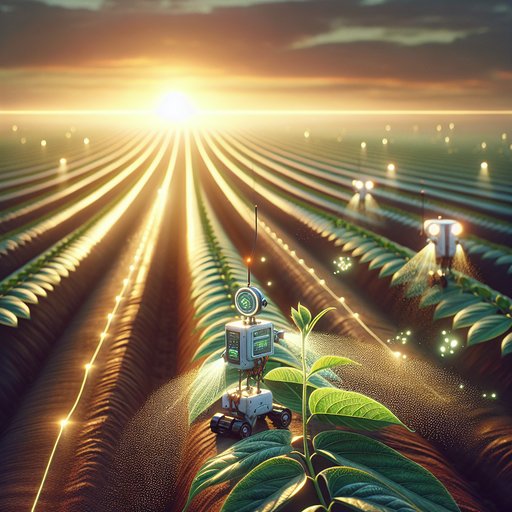
I used to tune idle by ear. You could hear a misfire in a V8 the way a watchmaker hears a tick out of step, feel a worn cam through the screwdriver pressed to the valve cover. Now half my diagnoses start with a laptop and end in a quiet test drive where the loudest sound is gravel in the wheel well. People ask me if I miss the smell of fuel. I do. But I’ve also learned the smell of hot dielectric grease, of coolant after a fast charge, and the click of a contactor that tells me a high-voltage pack just woke up. The road shifted under our feet, and I stayed on it, slow at first, then with both hands on the wheel.

In a quiet infusion suite, a nurse checks a drip that represents decades of tinkering with the code of life. Gene editing has long promised revolutions; this year, it starts to keep that promise in public. With the first CRISPR-based therapy approved for a genetic blood disorder and early human data from in vivo edits that dial down disease drivers, the field is no longer a hypothesis racing mice in fluorescent-lit rooms. It is a calendar of appointments, a ledger of costs, a policy debate that stretches from agriculture ministries to bioethics councils. As the tools grow more precise and delivery gets smarter, the question shifts from “Can we edit?” to “How, for whom, and at what price?”

At sunrise, the rows glow not just with dew but with data. Electric crawlers trace the edges of beds, cameras study leaf veins, and a sprayer hesitates before deciding that this one weed deserves a precise bead of herbicide. The choreography is quiet—no roar of diesel, only the whir and click of sensors doing math on the move. It’s farming as choreography: centimeters matter, milliseconds matter, and each decision about water or nutrients ripples through a supply chain that begins at a root and ends in a city. Autonomous robots and AI-driven precision agriculture are not sci‑fi experiments anymore; they are practical tools that promise fewer losses, less waste, and steadier harvests in an age when the climate tosses dice. They may not feed the world by themselves, but they can tilt the odds.

Rock ’n’ roll’s rise traced a jagged line through clubs, airwaves, and festival fields, and few moments crystallized its promise and tension like Jimi Hendrix with a Fender Stratocaster at Woodstock in 1969. The solid-body Strat, born in Leo Fender’s California workshop, met an artist who could turn circuitry and steel into a civic argument. When Hendrix reimagined the Star-Spangled Banner amid feedback and whammy-bar dives, he fused virtuosity with the roar of a nation in flux, and a genre grew up in public. That performance, carried by film and myth, showed how an accessible, mass-produced instrument could become an engine of participation, even as gatekeepers and markets narrowed who got heard. Through Hendrix’s hands and the Strat’s design, rock ’n’ roll announced itself as a people’s music and exposed the pitfalls that follow when a democracy argues with itself at full volume.























































